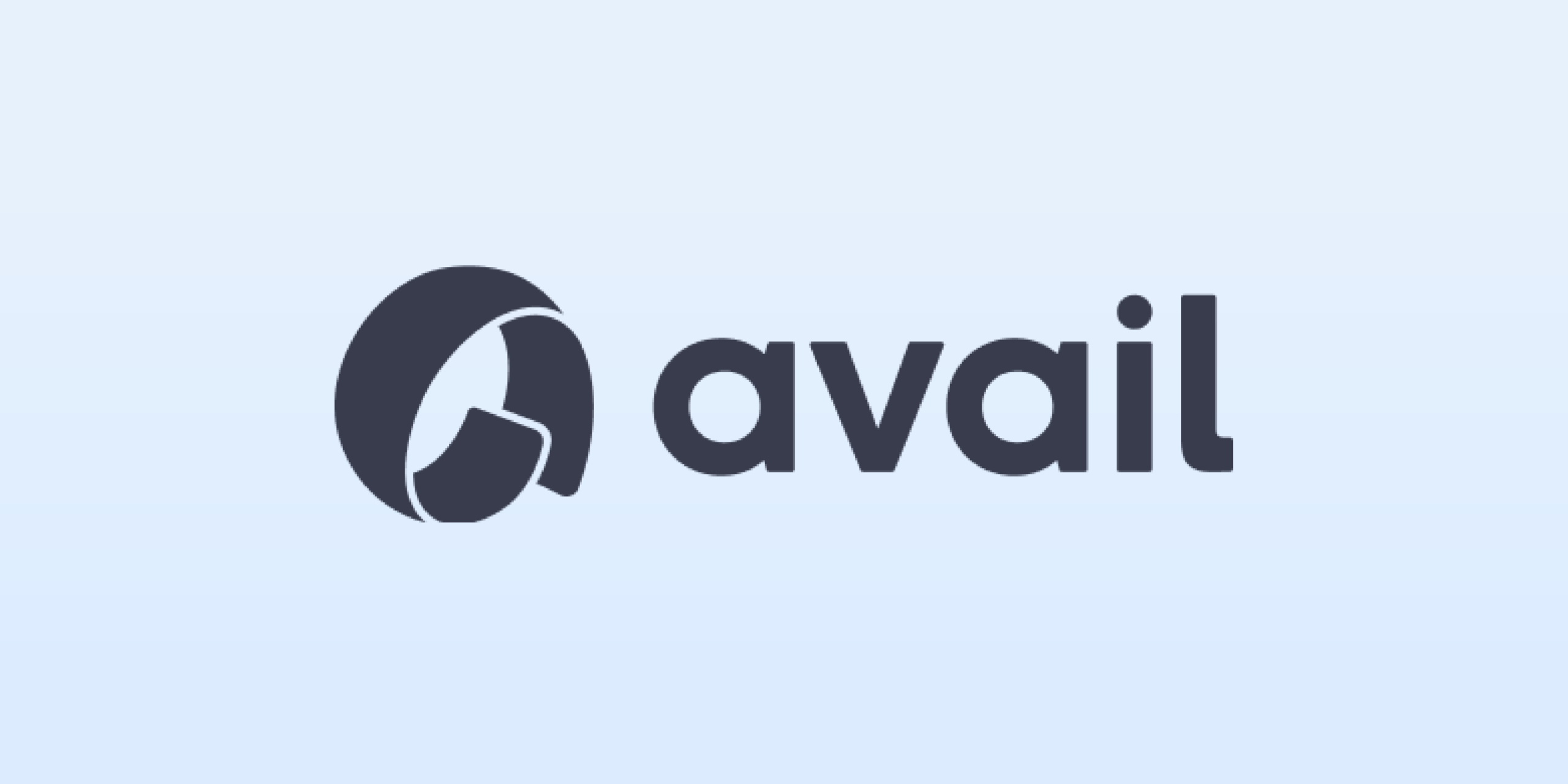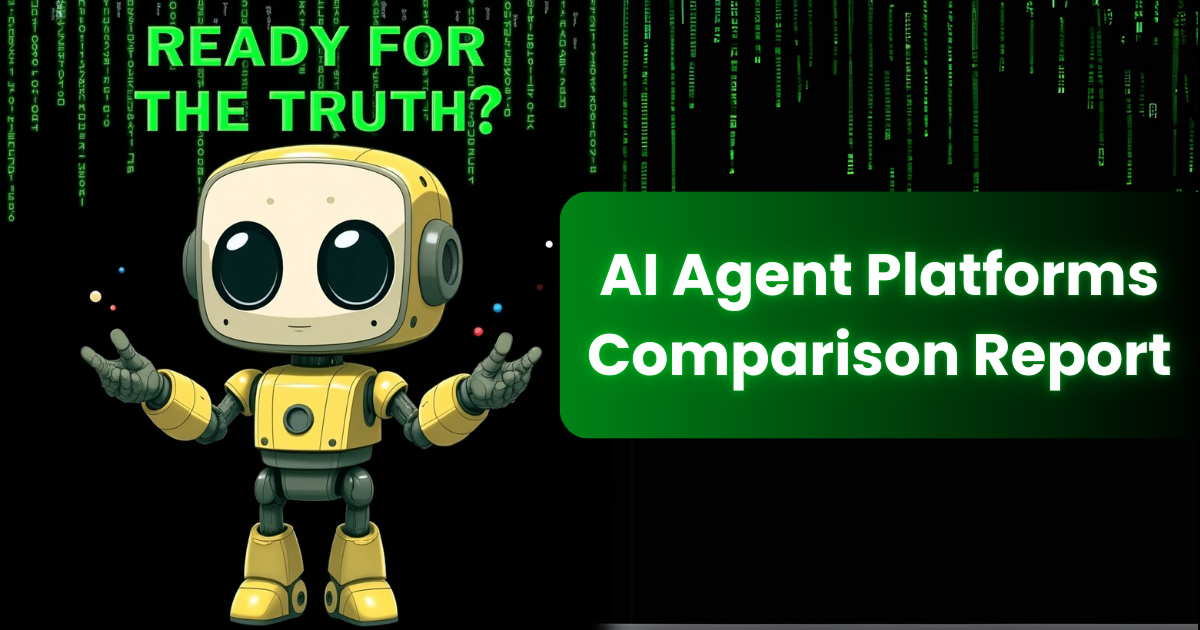Introduction
Avail emerges as a groundbreaking modular base layer, poised to redefine the landscape of modern blockchains. Its core mission centers on addressing the critical aspect of data availability. Avail lays down a solid and adaptable foundation for blockchain innovation by facilitating seamless data ordering, transaction publishing, and verification. This review delves into Avail’s innovation, architecture, code quality, product roadmap, usability, and team and offers a concluding overview.
Innovation
At the heart of Avail’s innovative streak is its optimized, secure data and consensus layer, providing the essential infrastructure needed to launch sustainable blockchains. A key innovation is its data-agnostic capability, which supports various execution environments like EVM, WASM, or custom runtimes. This versatility paves the way for a myriad of blockchain designs, including sovereign ZK or OP app chains, rollups, sidechains, and more, underscoring Avail’s commitment to fostering broad-spectrum blockchain development.
Architecture
Avail’s architecture is a testament to its pioneering approach, featuring a shared security model that ensures enhanced security for chains built atop it. The platform introduces the Avail Light Client, leveraging Data Availability Sampling (DAS) for trustless block verification. This architecture extends to support Validiums, allowing for off-chain execution and data availability with final settlement on the base layer, thereby enhancing transaction handling. The diverse node architecture, including light clients, full nodes, and validator nodes, caters to varied functions and storage needs, ensuring robust network participation and engagement.
Code Quality
The code quality of Avail is commendable, reflecting a high standard of development practices. The project benefits from a diverse development team, combining expertise from various backgrounds to create a robust and secure platform. This diversity contributes to the platform’s security adaptability and resilience, ensuring that Avail is well-equipped to support the next generation of blockchain applications.
Avail Product Roadmap
Launching the Avail testnet under Polygon Avail marks a significant milestone, showcasing the project’s commitment to its vision. The roadmap is poised to redefine blockchain infrastructure further with its innovative approach and emphasis on modularity. Future developments are expected to expand on this foundation, enhancing interoperability, usability, and the overall ecosystem around Avail.
Usability
Avail is designed with usability in mind, offering a modular foundation that empowers developers to bring their innovations to life. The platform’s support for various execution environments and blockchain designs makes it a versatile tool for building different applications. Introducing the light client and app client functionalities enhances user interaction with the blockchain, making it more accessible and efficient.
Team
The Avail project is driven by a vast team of developers with diverse backgrounds, each bringing unique skills and perspectives to the table. This multidisciplinary team is a cornerstone of Avail’s development, ensuring that the platform is technically sound and aligned with the needs and expectations of its users and the broader blockchain community.
Conclusion
Avail stands out as a pioneering solution in the blockchain space, with its modular base layer offering a versatile foundation for future blockchain innovations. Its focus on data availability, combined with a robust and secure architecture, positions Avail as a critical player in the evolution of blockchain technology. The project’s code quality, innovative features, and strong development team suggest a bright future for Avail as it continues to pave the way for a new era of blockchain development.
| Initial Screening | |||
| Keep researching | |||
| Does this project need to use blockchain technology? | Yes | ||
| Can this project be realized? | Yes | ||
| Is there a viable use case for this project? | Yes | ||
| Is the project protected from commonly known attacks? | Yes | ||
| Are there no careless errors in the whitepaper? | Yes | ||
| Project Technology Score | |||
| Description | Scorecard | ||
| Innovation (Out Of 11) | 9 | ||
| How have similar projects performed? | Medium | 2 | |
| Are there too many innovations? | Regular | 2 | |
| Percentage of crypto users that will use the project? | 6%-10% | 3 | |
| Is the project unique? | Yes | 2 | |
| Architecture (Out of 12) | 11 | ||
| Overall feeling after reading whitepaper? | Good | 2 | |
| Resistance to possible attacks? | Good | 2 | |
| Complexity of the architecture? | Not too complex | 2 | |
| Time taken to understand the architecture? | 20 – 50 min | 1 | |
| Overall feeling about the architecture after deeper research? | Good | 4 | |
| Has the project been hacked ? | No | 0 | |
| Code Quality (out of 15) | 13 | ||
| Is the project open source? | Yes | 2 | |
| Does the project use good code like C,C++, Rust, Erlang, Ruby, etc? | Yes | 2 | |
| Could the project use better programming languages? | No | 0 | |
| Github number of lines? | More than 10K | 1 | |
| Github commits per month? | More than 10 | 2 | |
| What is the quality of the code? | Good | 2 | |
| How well is the code commented? | Outstanding | 2 | |
| Overall quality of the test coverage? | Good | 1 | |
| Overall quality of the maintainability index? | Good | 1 | |
| When Mainnet (out of 5) | 5 | ||
| When does the mainnet come out? | Mainnet Ready | 5 | |
| Usability for Infrastructure Projects (out of 5) | 5 | ||
| Is it easy to use for the end customer? | Yes | 5 | |
| Team (out of 7) | 5 | ||
| Number of active developers? | 5+ | 2 | |
| Developers average Git Background? | Intermediate | 1 | |
| Developers coding style? | Solid | 2 | |
| Total Score (out of 55) | 48 | ||
| Percentage Score | |||
| Innovation | 16.36% | ||
| Architecture | 20.00% | ||
| Code Quality | 23.64% | ||
| Mainnet | 9.09% | ||
| Usability | 9.09% | ||
| Team | 9.09% | ||
| Total | 87.27% |





